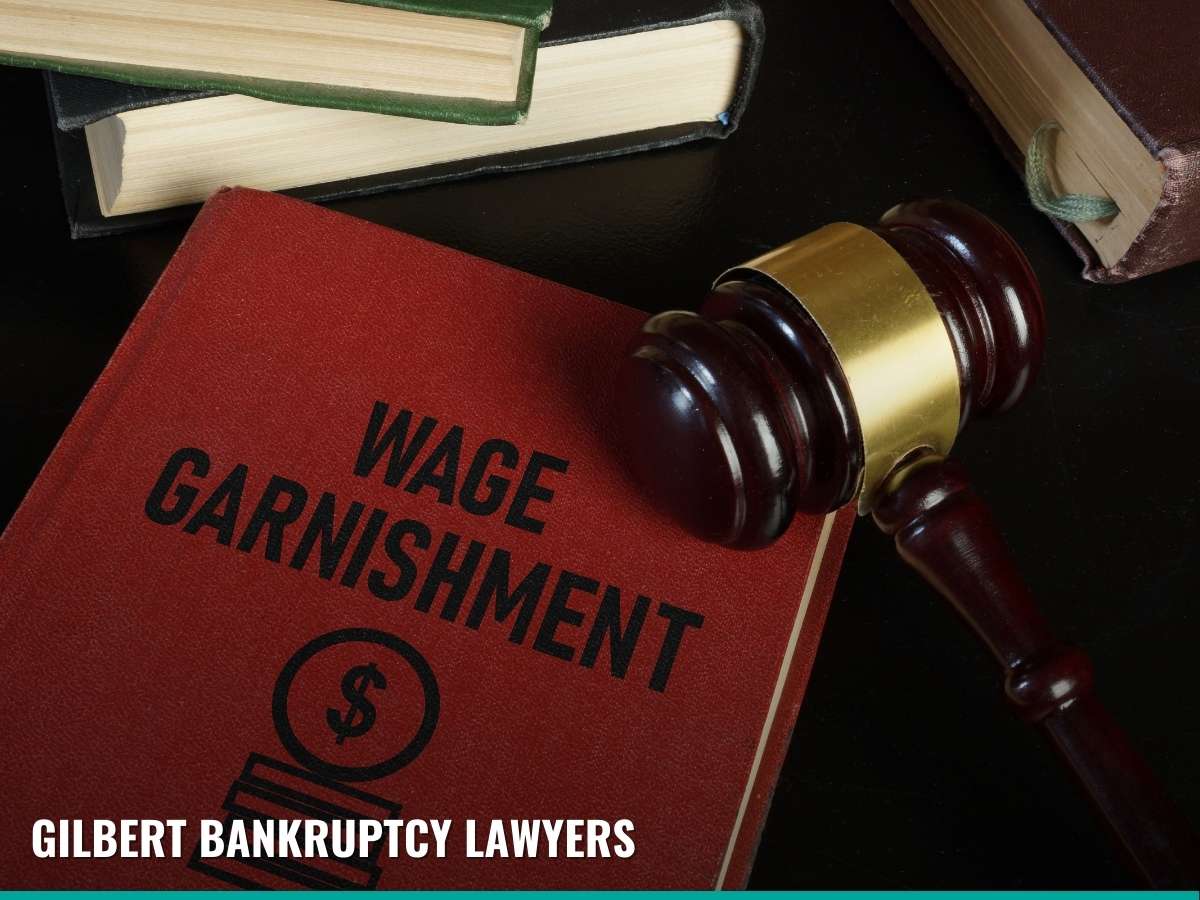When it comes to fast and affordable pizza for delivery and takeout, there are two major contenders for the top spot: Domino’s and Pizza Hut. And with Pizza Hut’s reputation for low-quality pies, Domino’s appeared to have cemented its place as America’s favorite go-to for pizza. But even a recognizable brand name and thousands of locations can’t stop a company from struggling due to unprecedented economic circumstances. The COVID-19 pandemic was just the start of issues that have only gotten worse with time. Restaurants were forced to temporarily close due to quarantine restrictions, and many were never able to reopen. Those who had been laid off or furloughed from their jobs spent less on takeout food, all the while inflation caused the cost of goods and services to rise sharply. This makes it harder for businesses like restaurants to retain staff, especially in areas with a high cost of living where someone who works as a pizza delivery driver cannot theoretically afford to live. These are the type of factors that led to the largest Domino’s franchise group, Domino’s Pizza Enterprises, filing for Chapter 11 bankruptcy.
Not only has Domino’s Pizza Enterprises filed for bankruptcy, but it has also announced plans to close 205 store locations by June 2025. As one of the most affordable options not just for fast food but food in general, this bankruptcy filing may come as a surprise to many. But to those who have been staying on top of business news, this comes as just another filing in a long chain of post-pandemic bankruptcy cases. Considering your own personal bankruptcy filing due to the tense state of the economy? Our Arizona bankruptcy team can help you devise the best personalized plan to address your debts. We offer free initial consultations and Zero Down payment plan options for eligible clients. Schedule your free consultation with My AZ Lawyers today by calling 480-448-9800.
Domino’s Pizza Enterprises’ Bankruptcy Plan
While some businesses use bankruptcy to shut down operations in an orderly fashion, this is not the case with Domino’s Pizza Enterprises. Chapter 11 bankruptcy can be used to refocus a company’s priorities and allow it to maximize profitability. Like many other restaurants, locations of Domino’s Pizza Enterprises were affected by the COVID-19 pandemic- despite experiencing a temporary boost- and never fully recovered. This franchisee has significant locations in Japan, which is a growing market in the pizza industry. Focusing on an area where the market is less dense and competitive could help this Domino’s franchisee return to profitability.
The path for a debtor to complete chapter 11 bankruptcy is less clear than in chapter 7 or chapter 13 bankruptcy. The debtor can emerge when they have finalized a plan to restructure debts with a panel of its primary creditors, offering a form of debt relief. This could be by opening or closing store locations. Another common plan is to convert debt into equity or find another form of new financing. Small businesses can use certain types of chapter 11 bankruptcy filings to avoid the creditor committee process. Because a business can file for chapter 11 bankruptcy and continue operating, some businesses end up declaring chapter 11 bankruptcy more than once.
Other Fast-Casual Bankruptcy Filings
Fast-casual dining lovers are probably aware of the issues going on in the restaurant world, as several chains have filed for bankruptcy protection in recent months. Some of these chains seemed poised for a comeback, while others seem to be making the best of a dying business. Some of the major names in the fast-casual restaurant industry that you may have heard of that have filed for bankruptcy include:
- Red Lobster: If you’ve heard about any bankruptcy filings in the past year, this is probably one of them. This May 2024 bankruptcy filing has largely been blamed on an all-you-can-eat shrimp deal that didn’t result in profits like the company intended. But Red Lobster’s troubles had been brewing long before they offered limitless shrimp, as the chain falls in the zone of restaurants that are most affected by this economy. Diners either want a good deal, or a unique gastronomical experience- not a chain restaurant with basic menu options that can be found literally anywhere in the world. Legendary hype man and reality show lothario Flavor Flav attempted to save the company through his own promotion, but the filing was inevitable. Red Lobster emerged from bankruptcy in September 2024 after being acquired by RL Investor Holdings LLC.
- Rubio’s Coastal Grill: This fast-casual Mexican chain filed for bankruptcy in June 2024, citing a law increasing California’s minimum wage for employees of large restaurant chains as the cause. This was Rubio’s second bankruptcy, as it filed a pandemic chapter 11 bankruptcy in 2020. It emerged from its second bankruptcy in August 2024 after being purchased by its lender, The Original Fish Taco LLC, in an uncontested bid for $40 million.
- Hooters: This controversial restaurant chain specializes in chicken wings but is better known for its waitstaff. This reputation may have helped lead to Hooters’ financial struggles, with $376 million in debt at the time of its chapter 11 bankruptcy filing. Top executives blamed traditions like bikini nights, which kept away male customers afraid of getting in trouble with their romantic partners. Instead of shutting down the company, this bankruptcy filing is meant to transfer control back into the hands of experienced Hooters franchisees rather than private equity firms.
- On The Border: On The Border Mexican Grill’s bankruptcy filing unfortunately meant the closure of more than 70 locations and the loss of all those respective jobs. It utilized bankruptcy to allow itself to reject leases for unprofitable restaurant locations. It cited troubles specifically facing the fast-casual industry as the cause, as inflation leaves less money in people’s budgets for this type of dining.
- Tijuana Flats: This Mexican chain filed for chapter 11 bankruptcy in 2024 and had emerged from bankruptcy by January 2025. The bankruptcy filing allowed Tijuana Flats to reduce its debt load, improve profitability, and operate its remaining 100 locations. One of its major strategies moving forward is to focus on street tacos and other street fare, largely following suit from prior successes from larger brands like Taco Bell.
Bankruptcy For The Average Arizona
When hundreds of Domino’s pizza restaurants close due to bankruptcy, what hope is there for the rest of us? The answer itself may be bankruptcy. When creditors are closing in, filing for bankruptcy protects the debtor with the automatic stay. Chapter 7 bankruptcy can clear thousands of dollars in unsecured debts like credit cards and medical bills. Chapter 13 bankruptcy allows debtors to pay off secured and priority debts in a court-supervised payment plan. Either of these can be extremely beneficial to a person who is struggling to keep up with payments on debt. Unsure of whether bankruptcy can be of assistance to you, and which chapter would be best for you to file? Our dedicated bankruptcy professionals in Gilbert can assess your situation to determine how bankruptcy could be most effective for you. You can learn more about your bankruptcy options in Arizona with no risk or obligation. Schedule your free consultation with My AZ Lawyers today by calling 480-448-9800.




















































































































































































 Arizona saw a spike of unemployment claims in April 2020, with an unemployment rate of approximately 13.4 percent. Conditions improved and the
Arizona saw a spike of unemployment claims in April 2020, with an unemployment rate of approximately 13.4 percent. Conditions improved and the 














